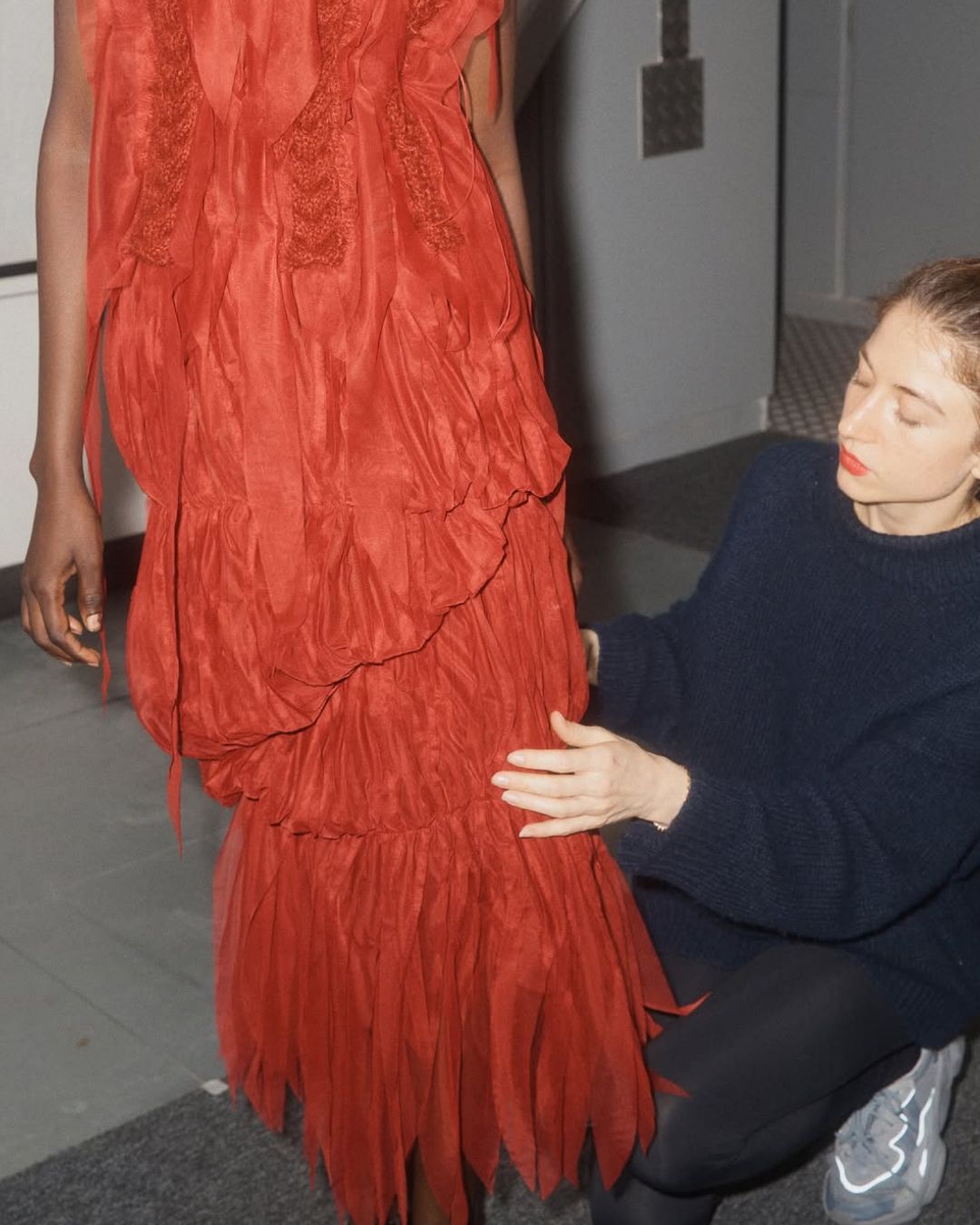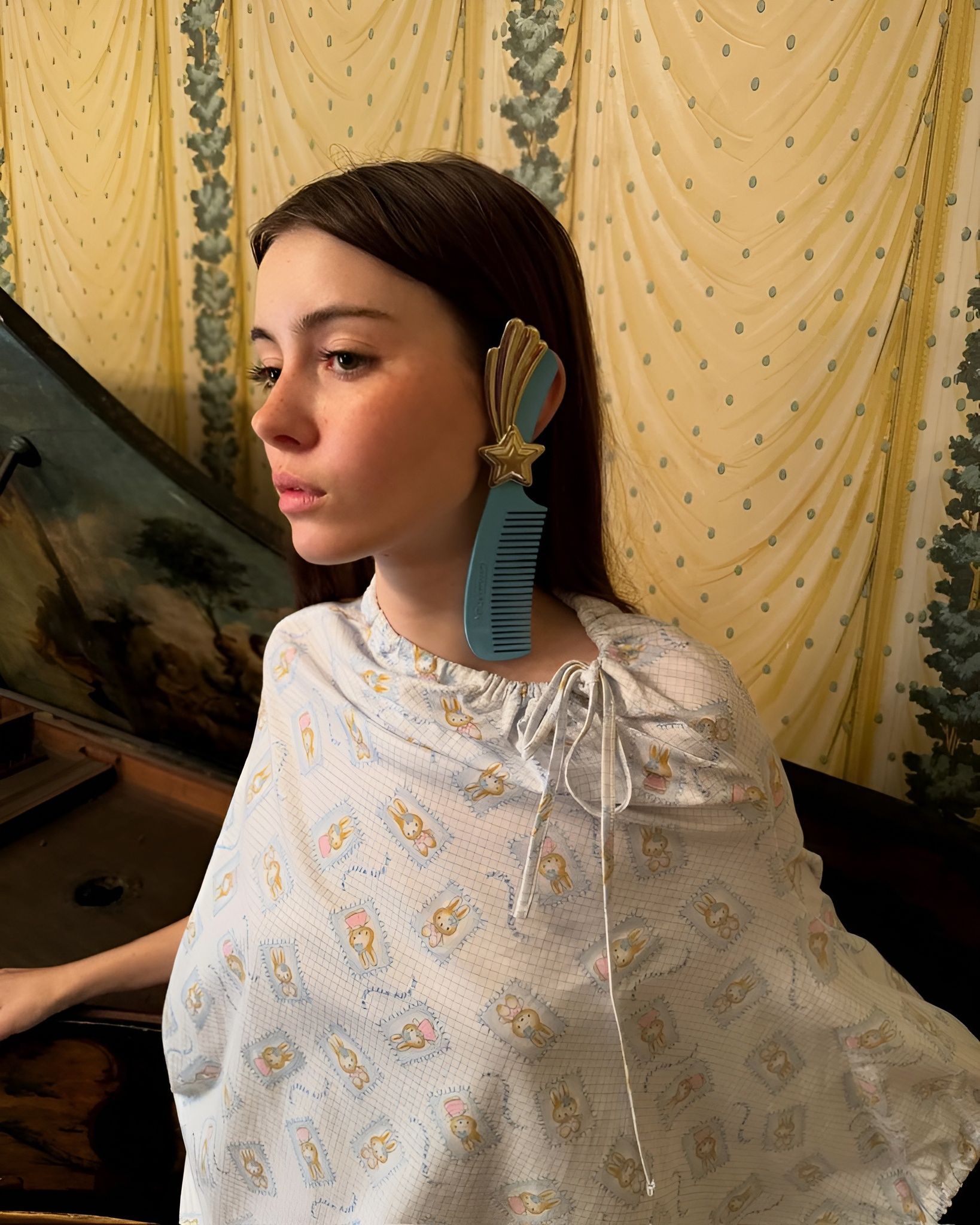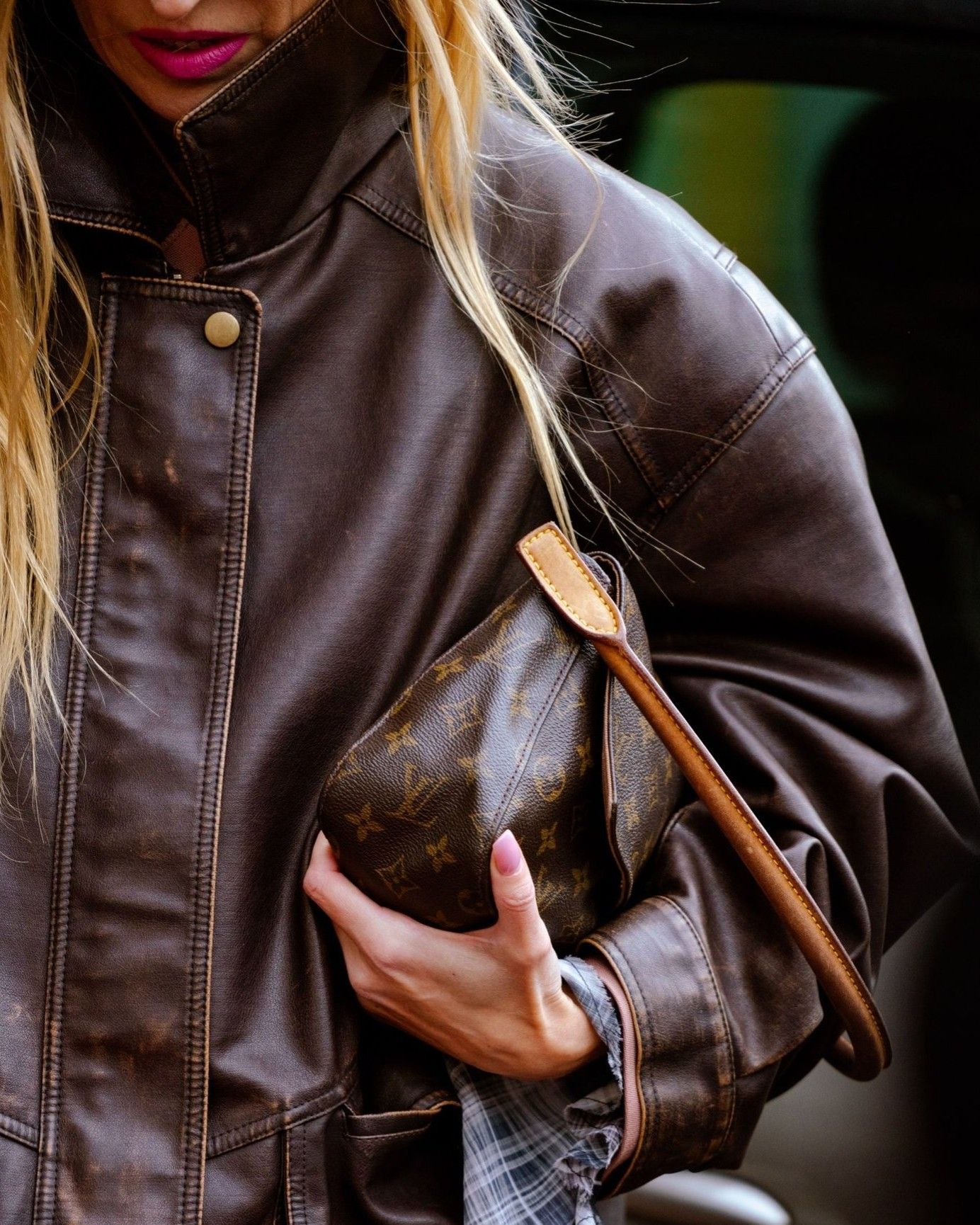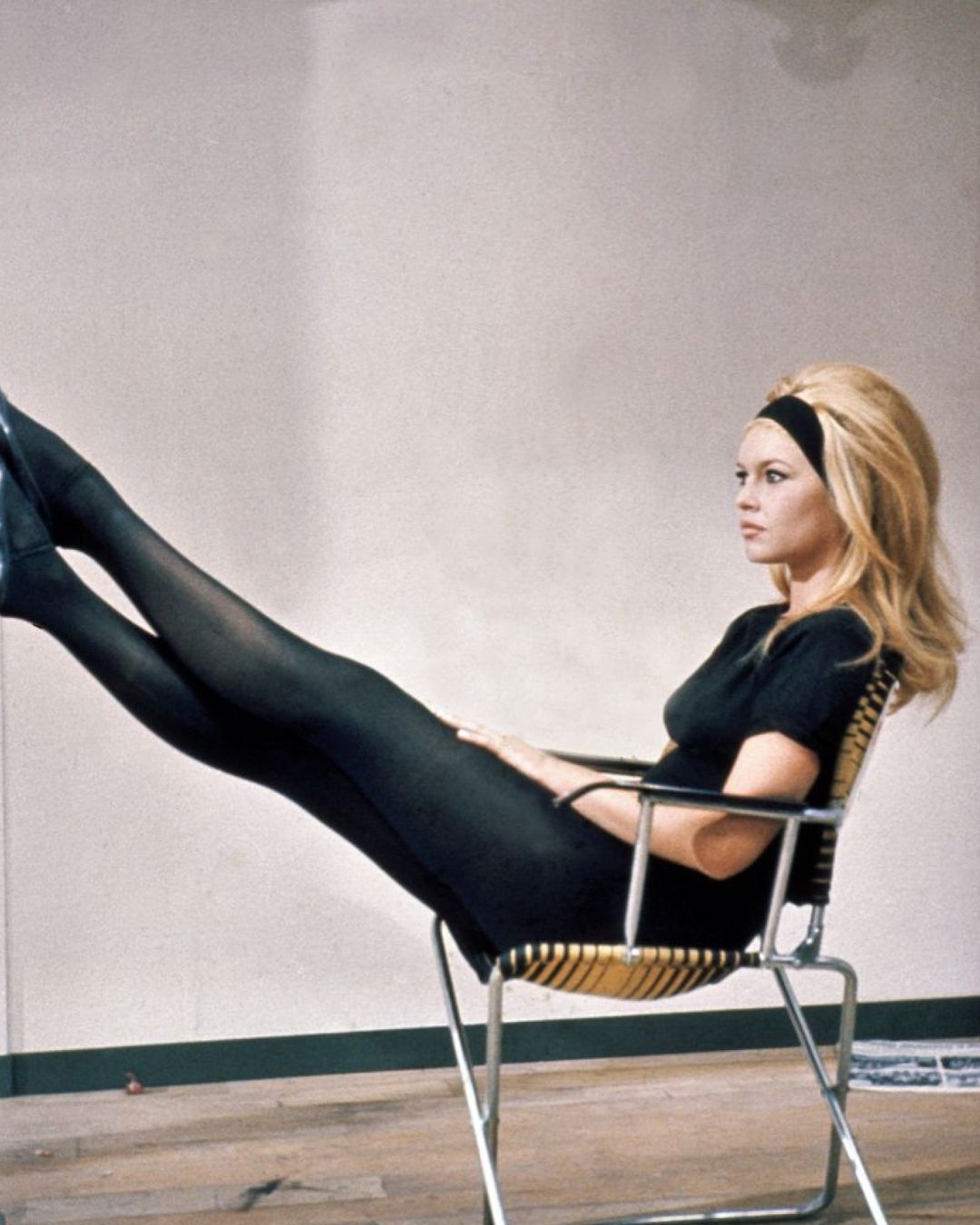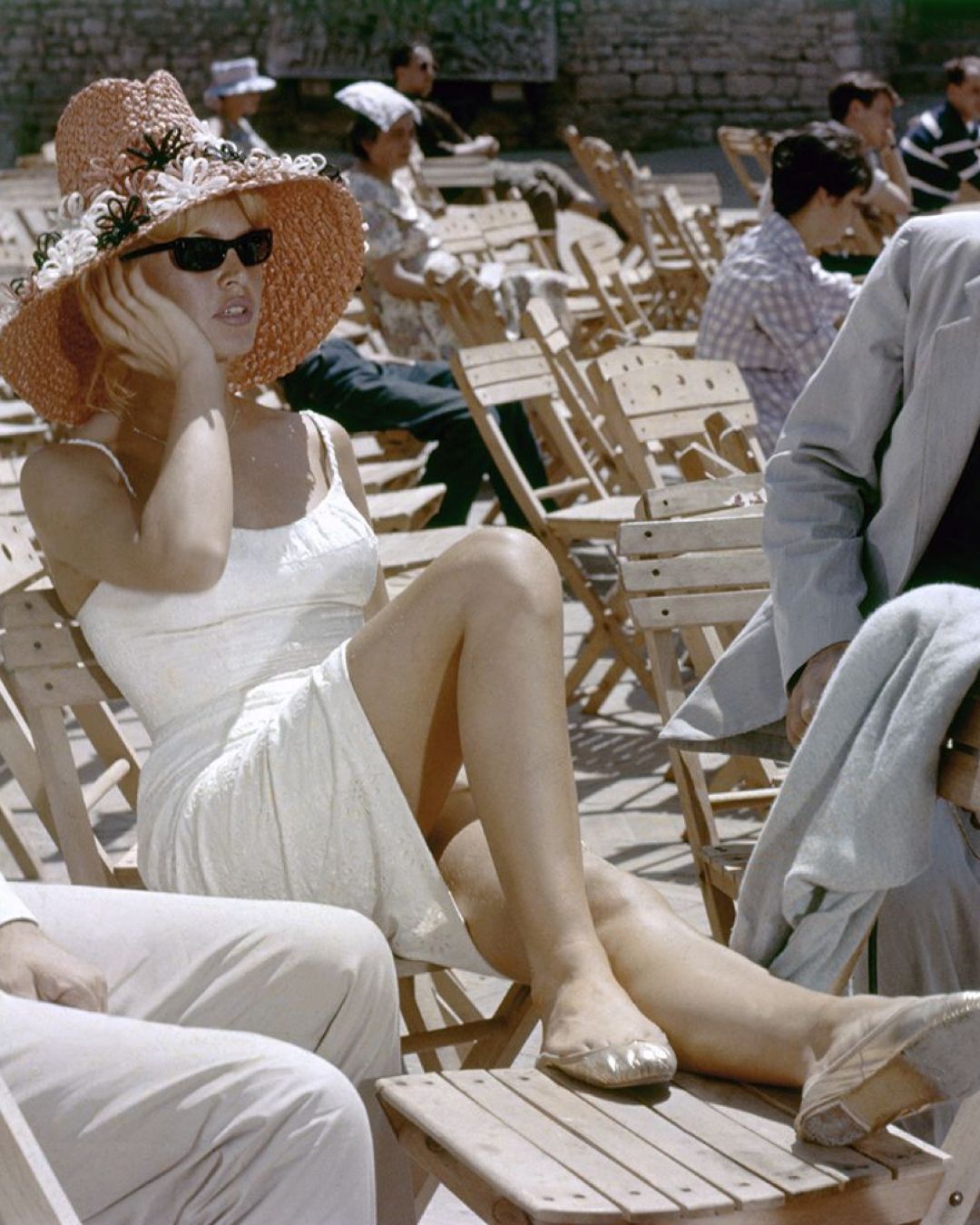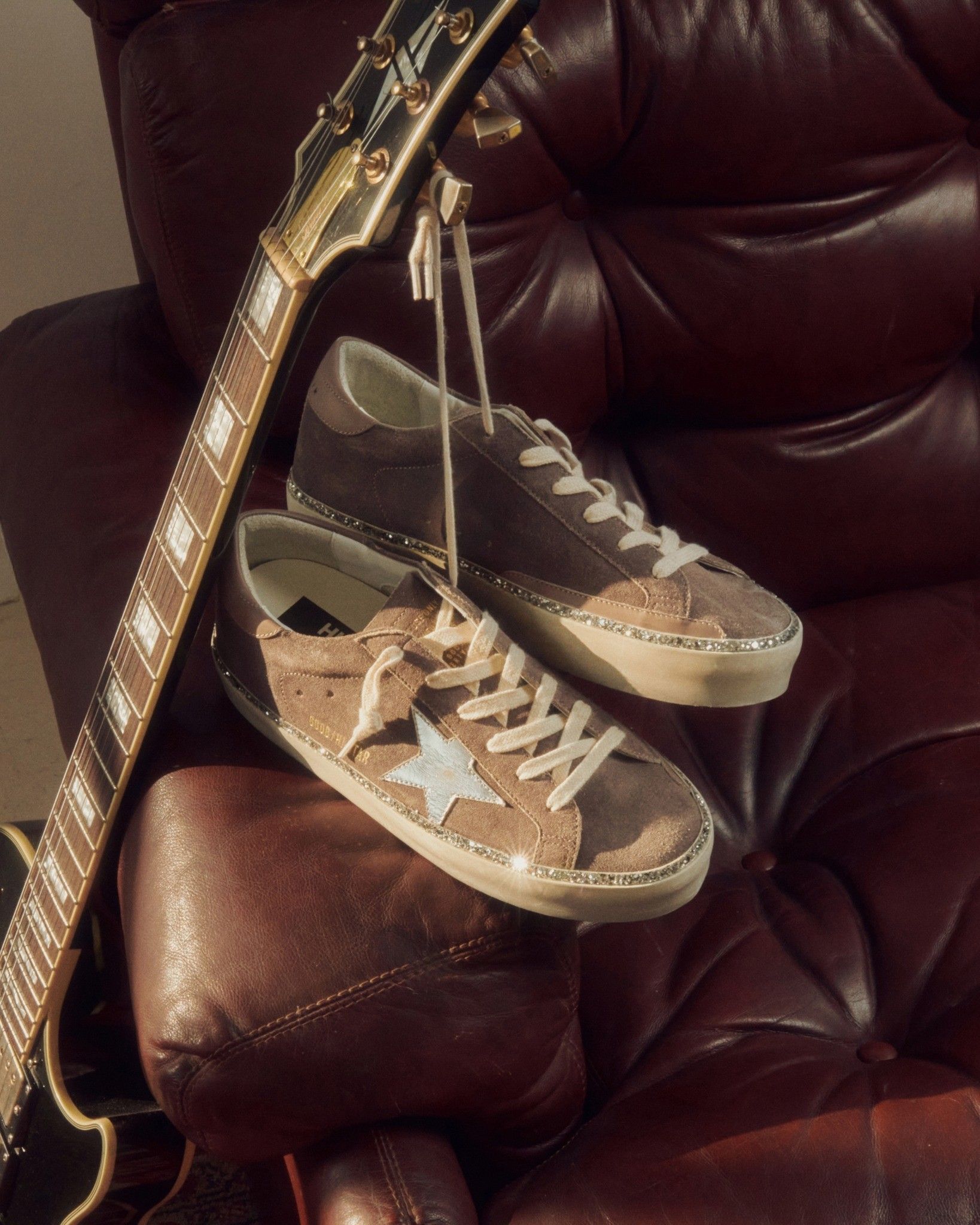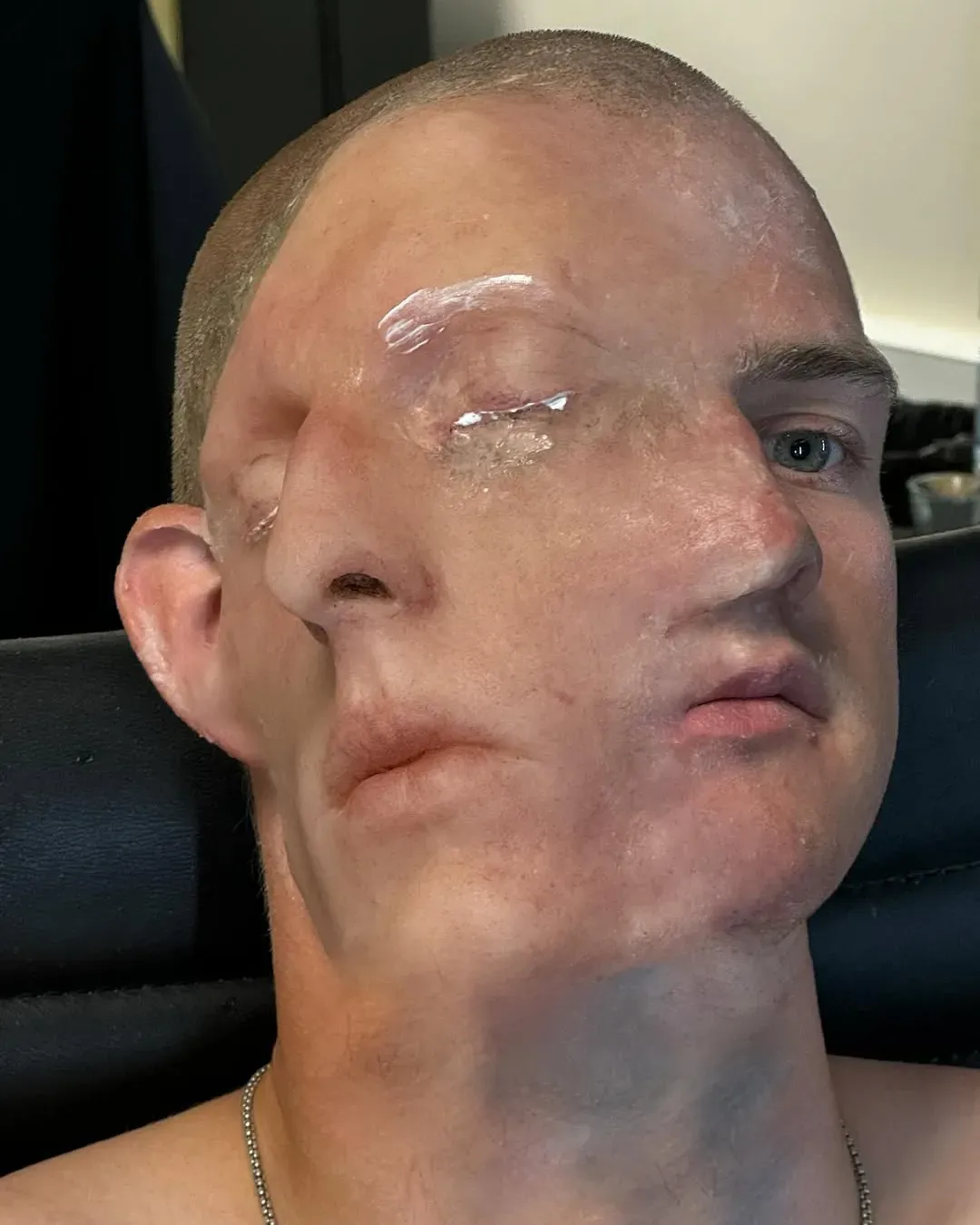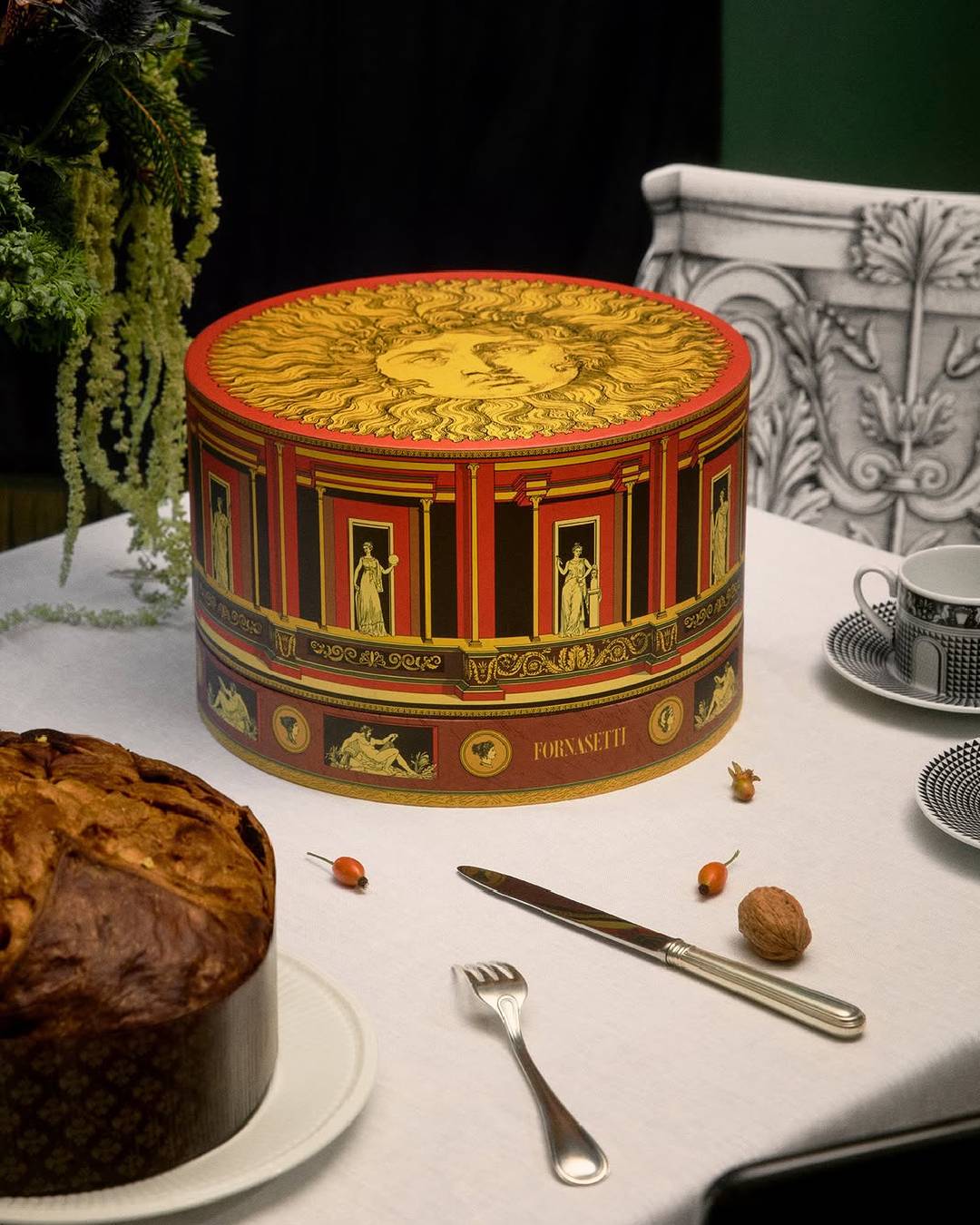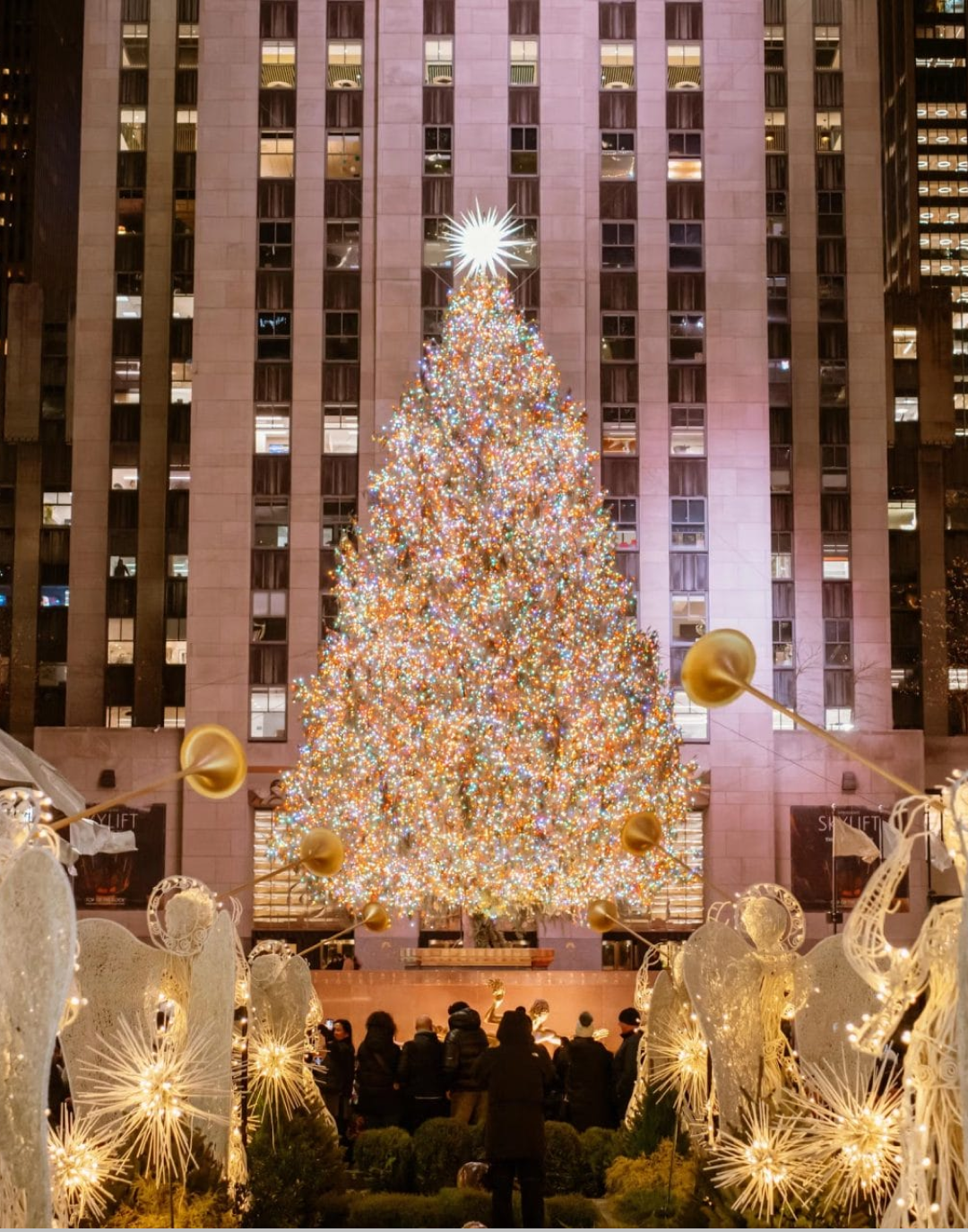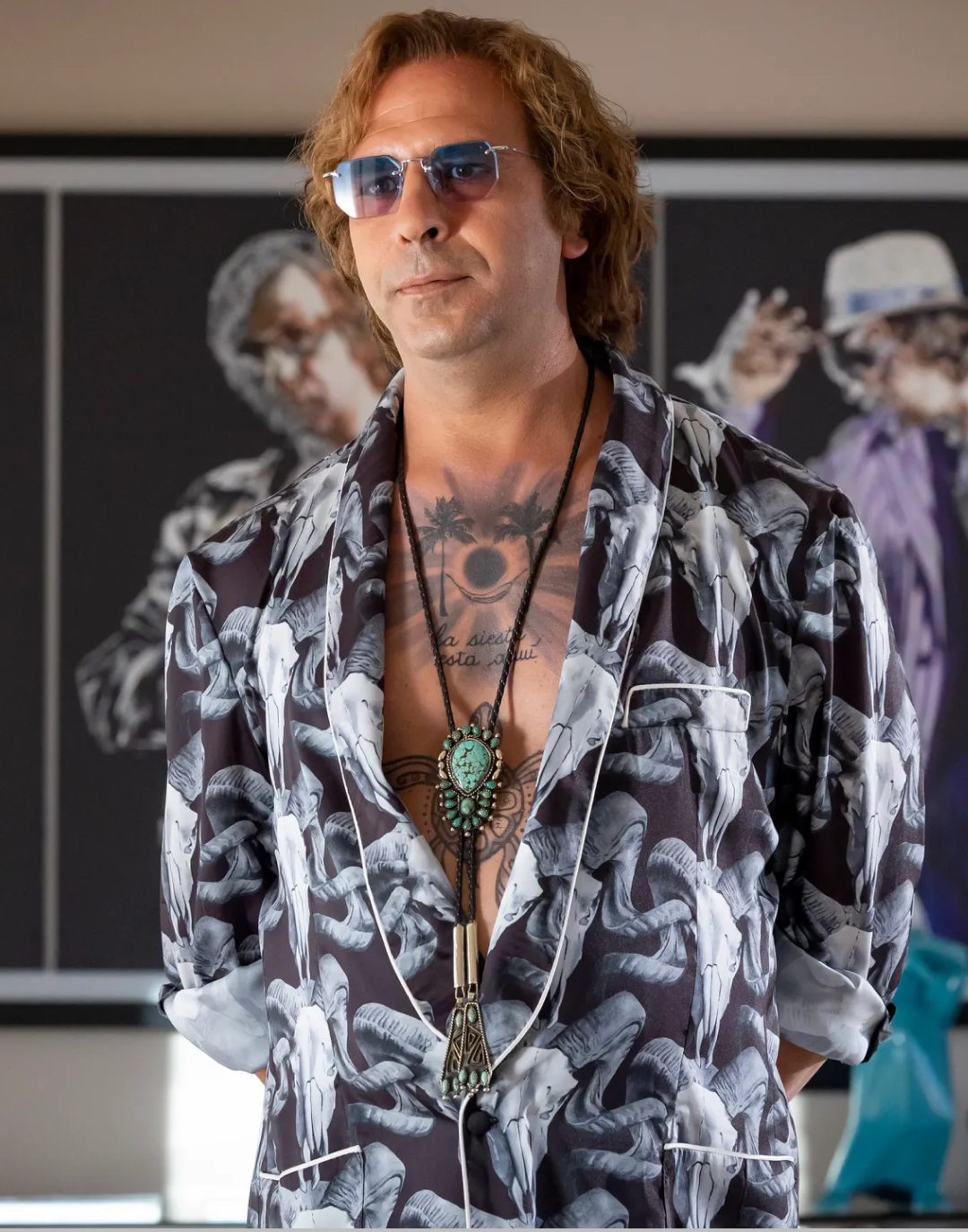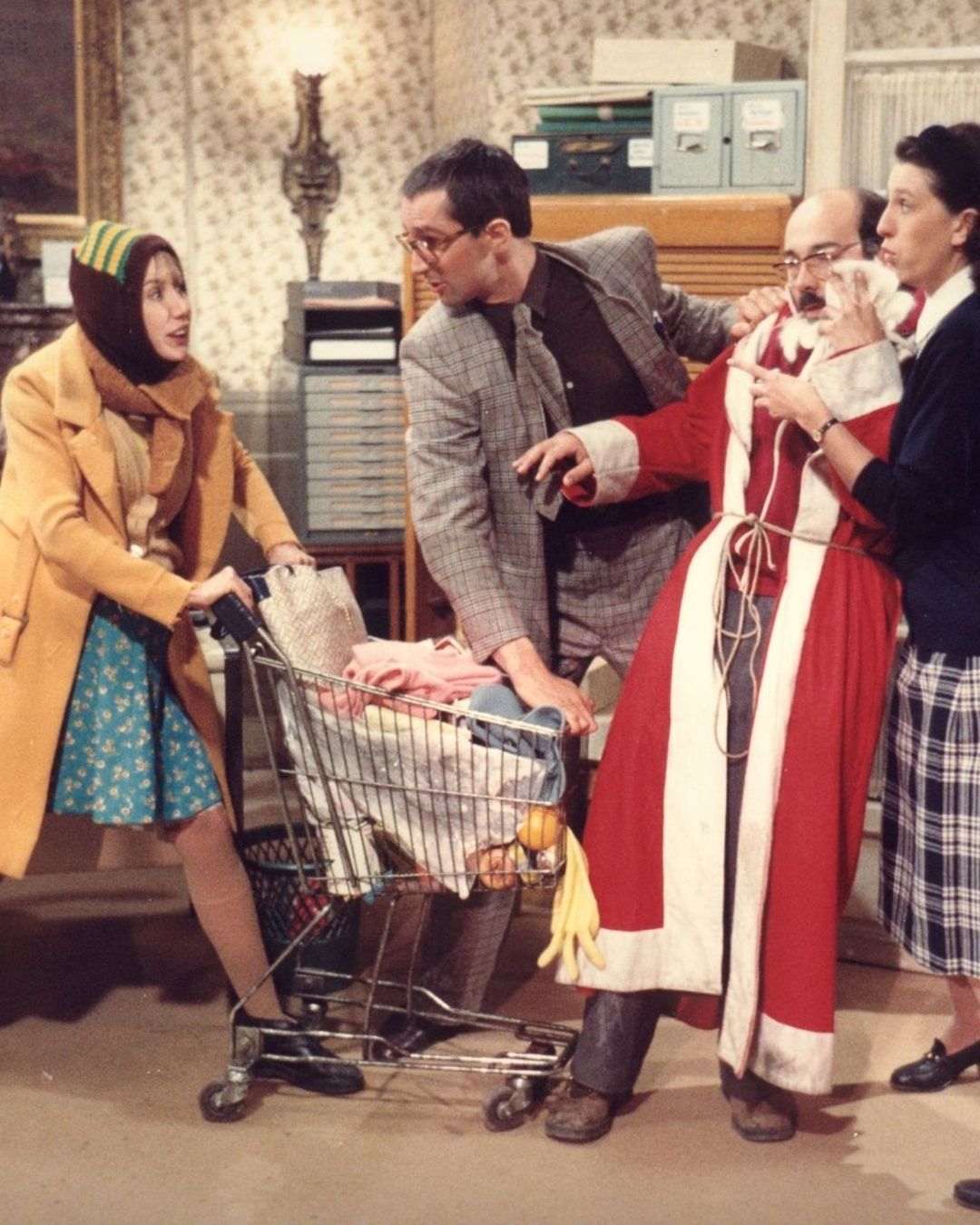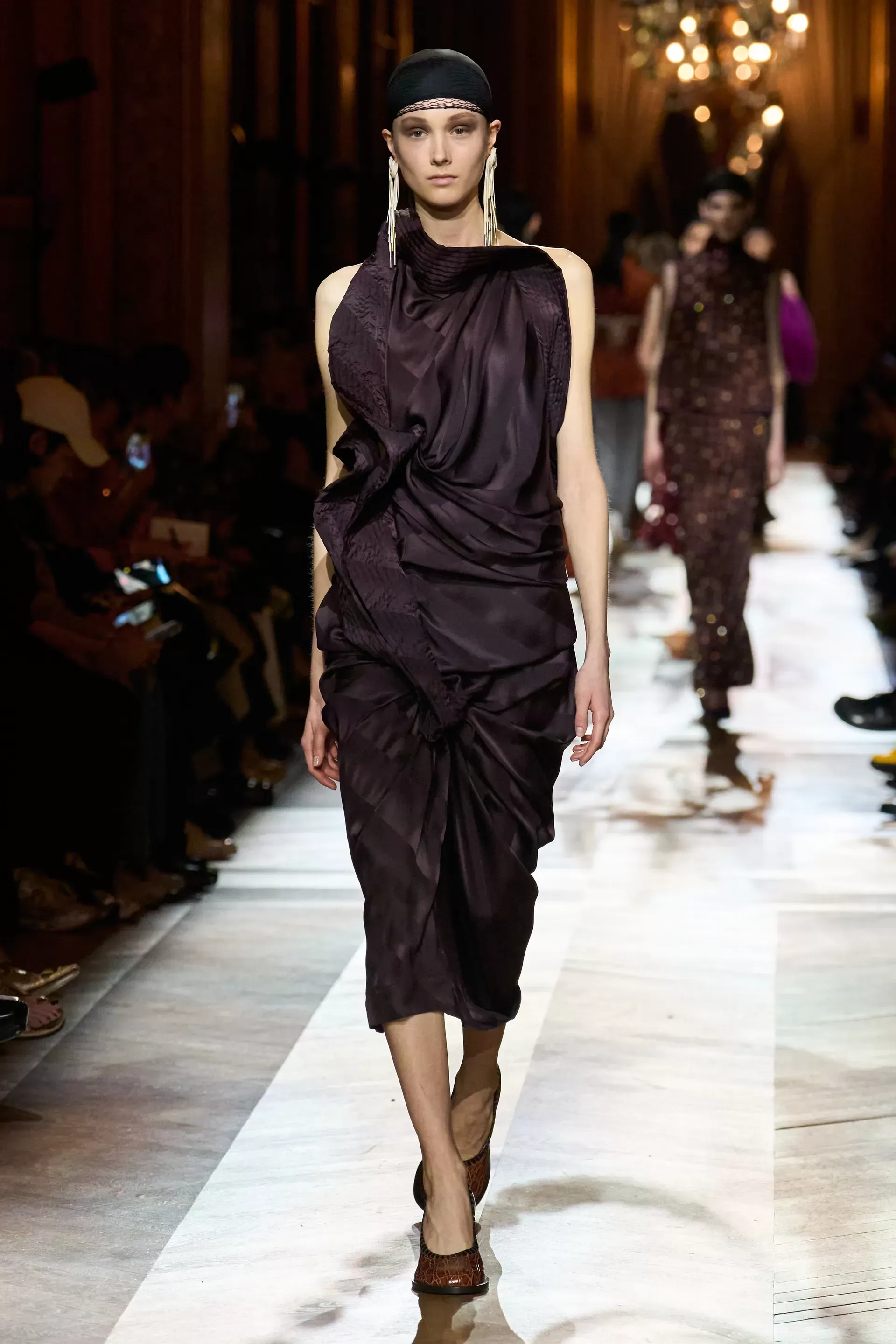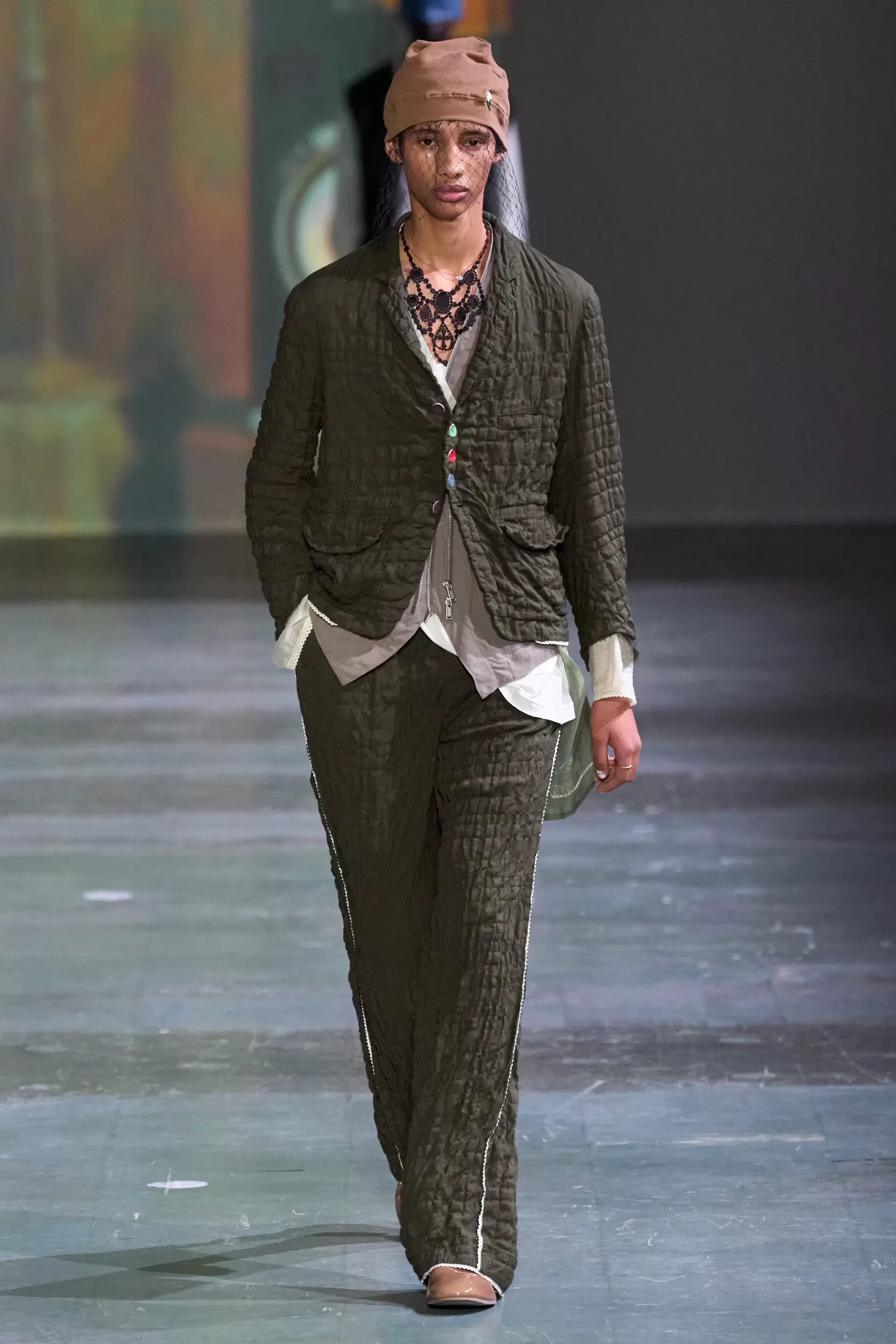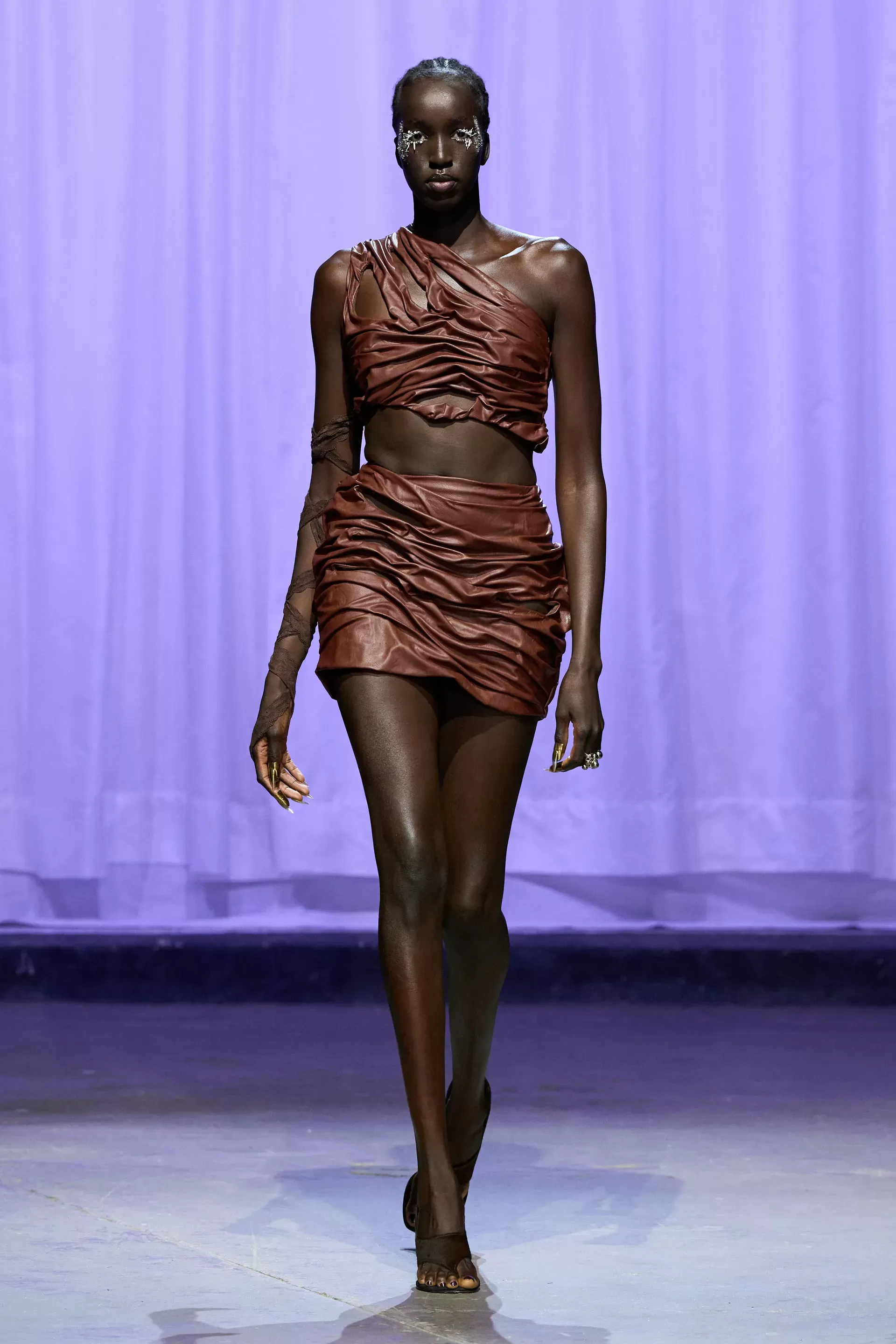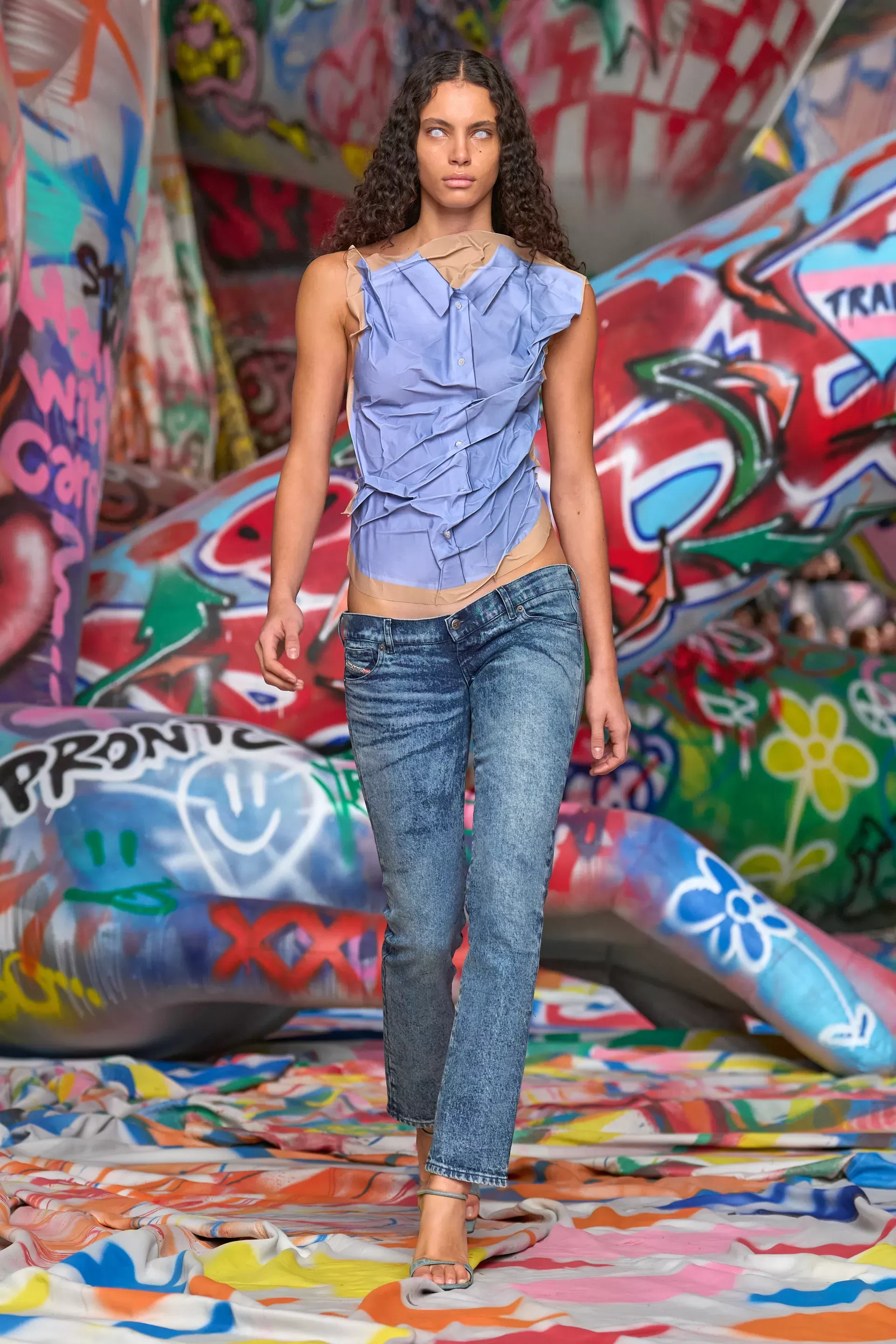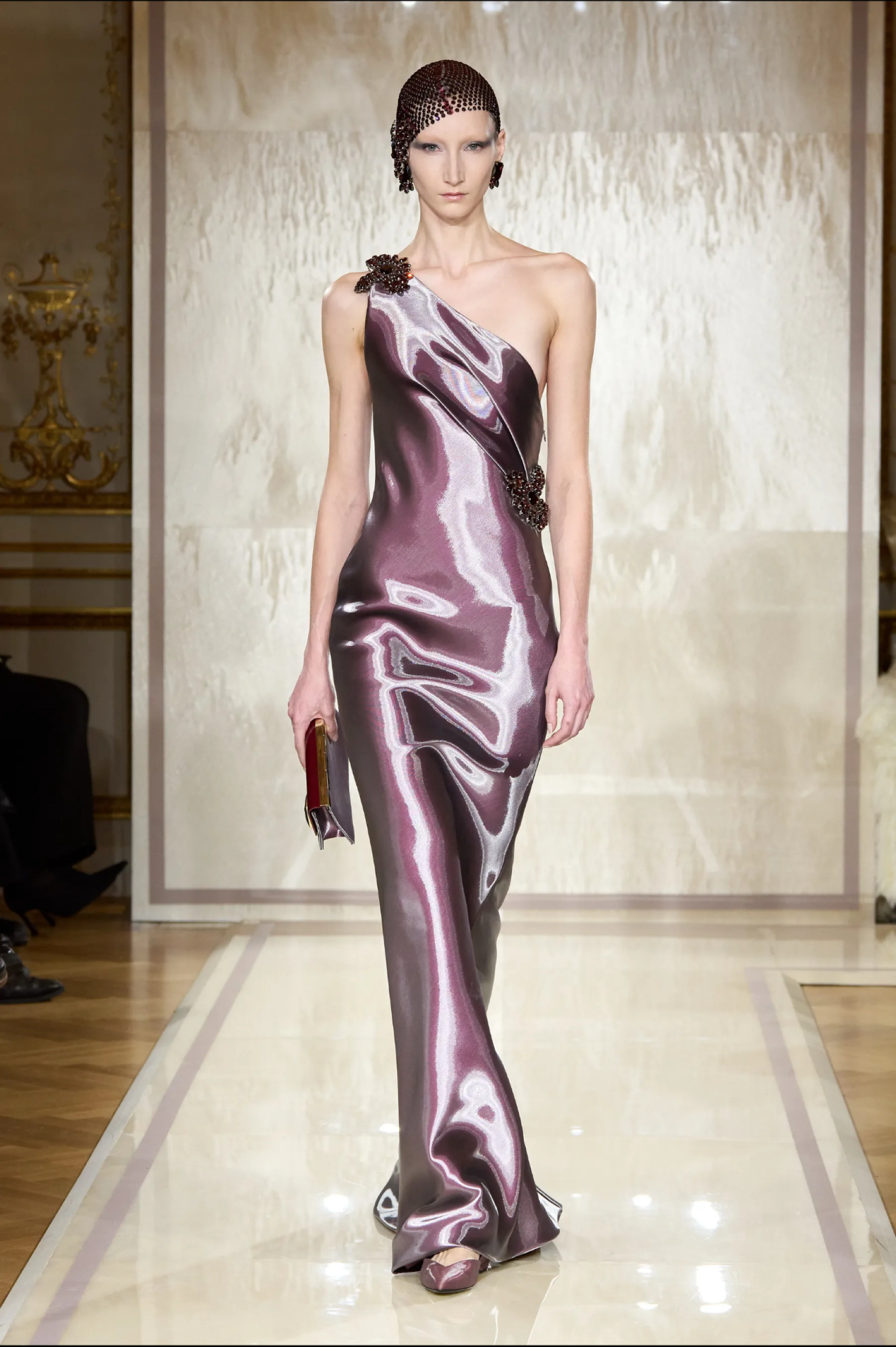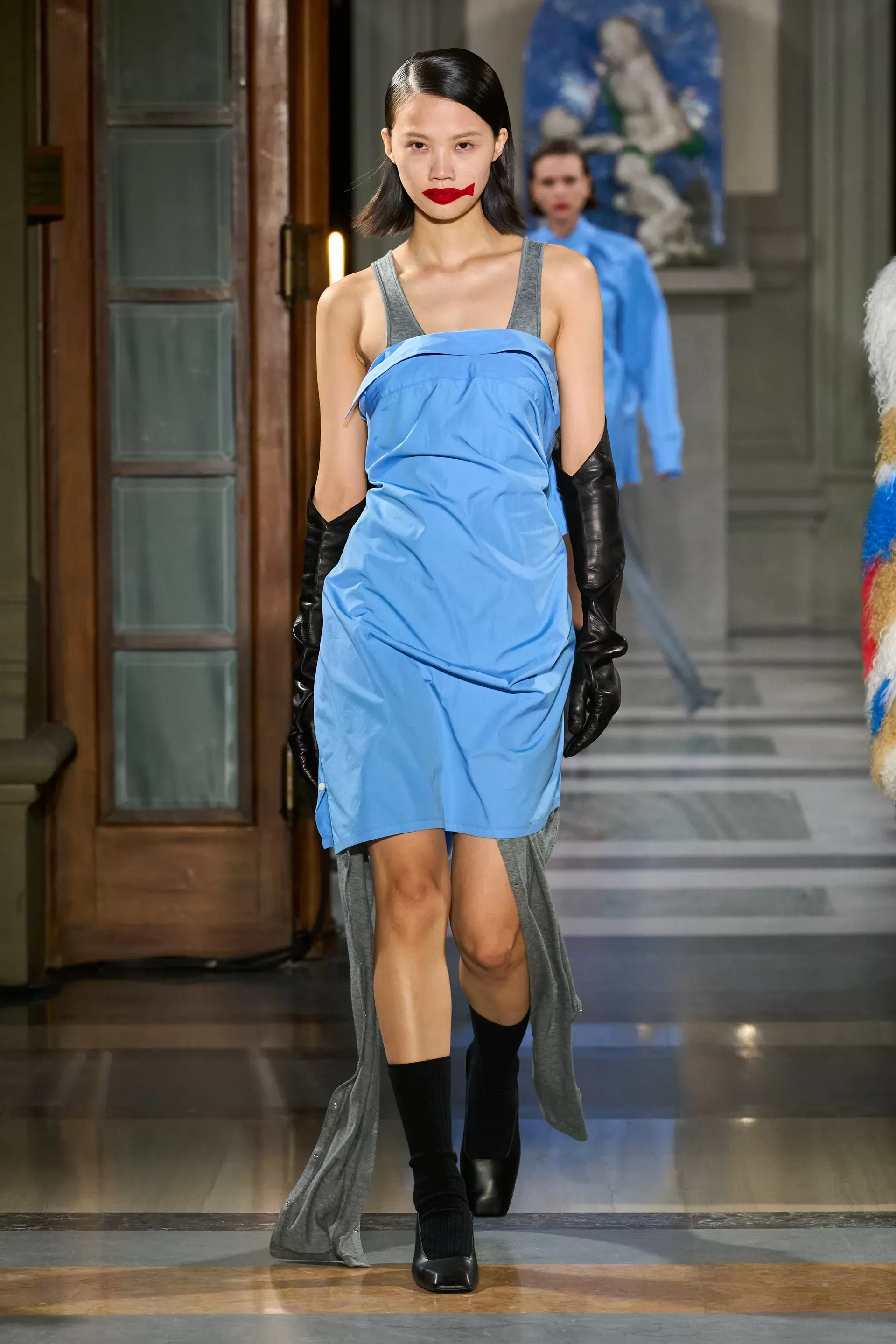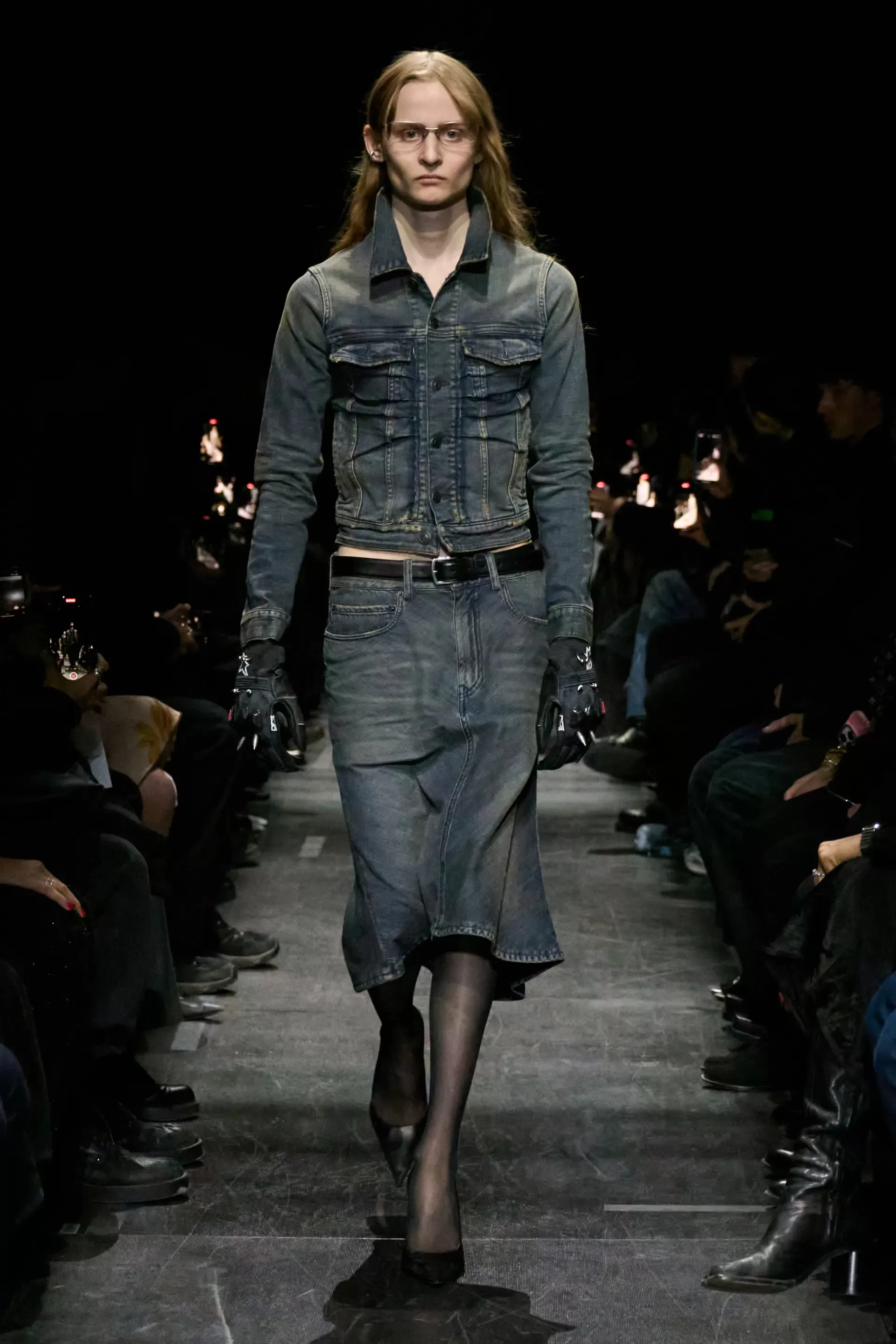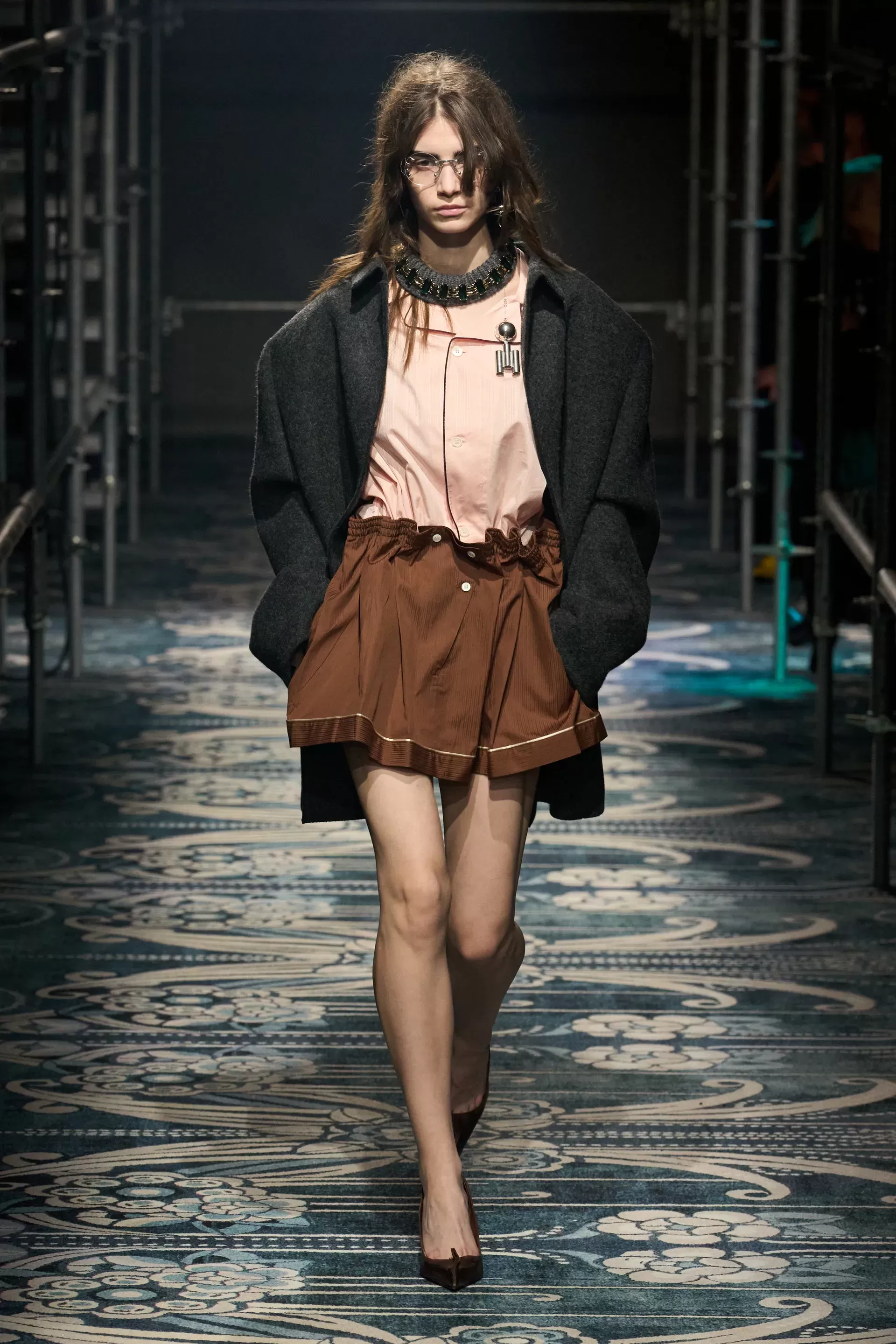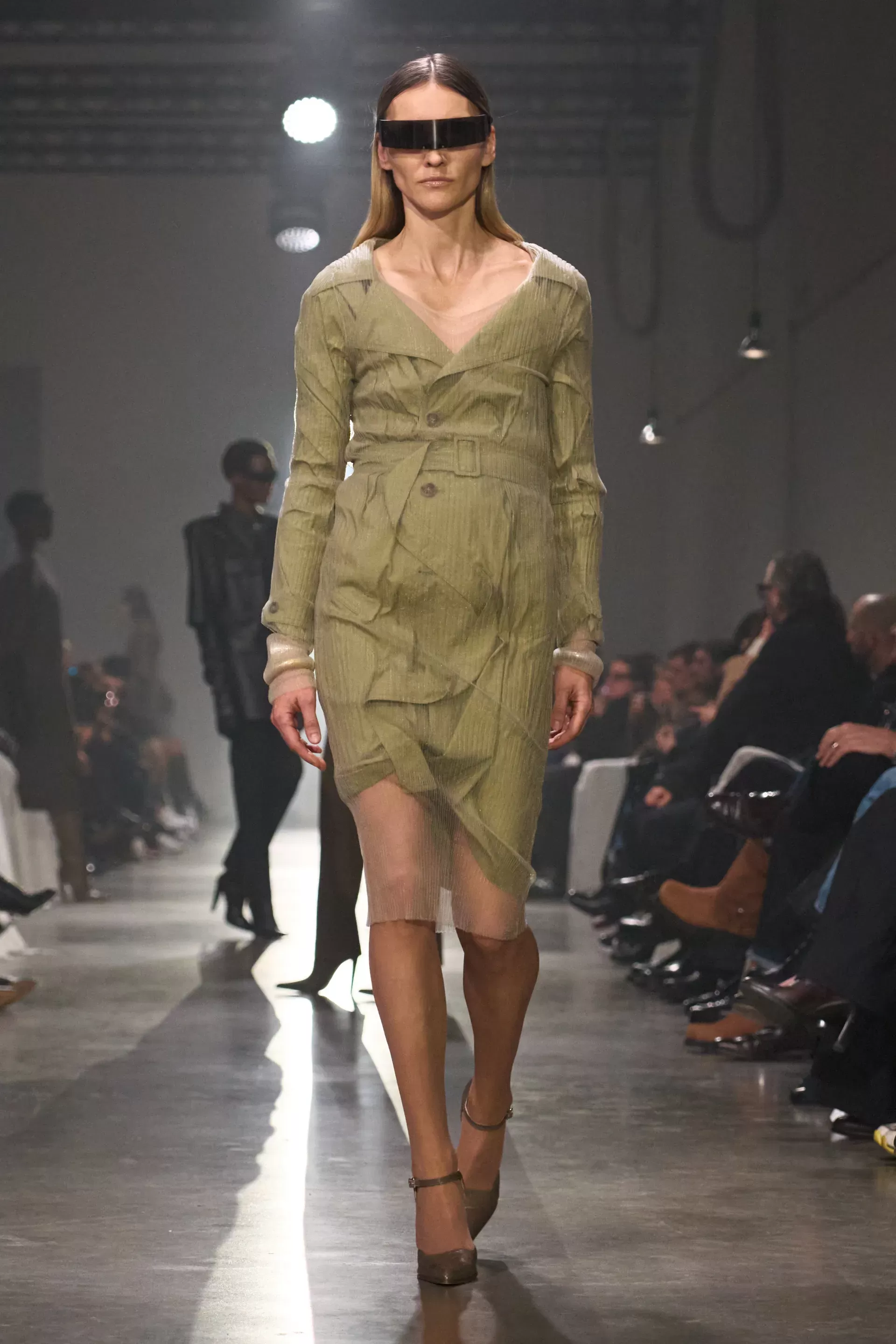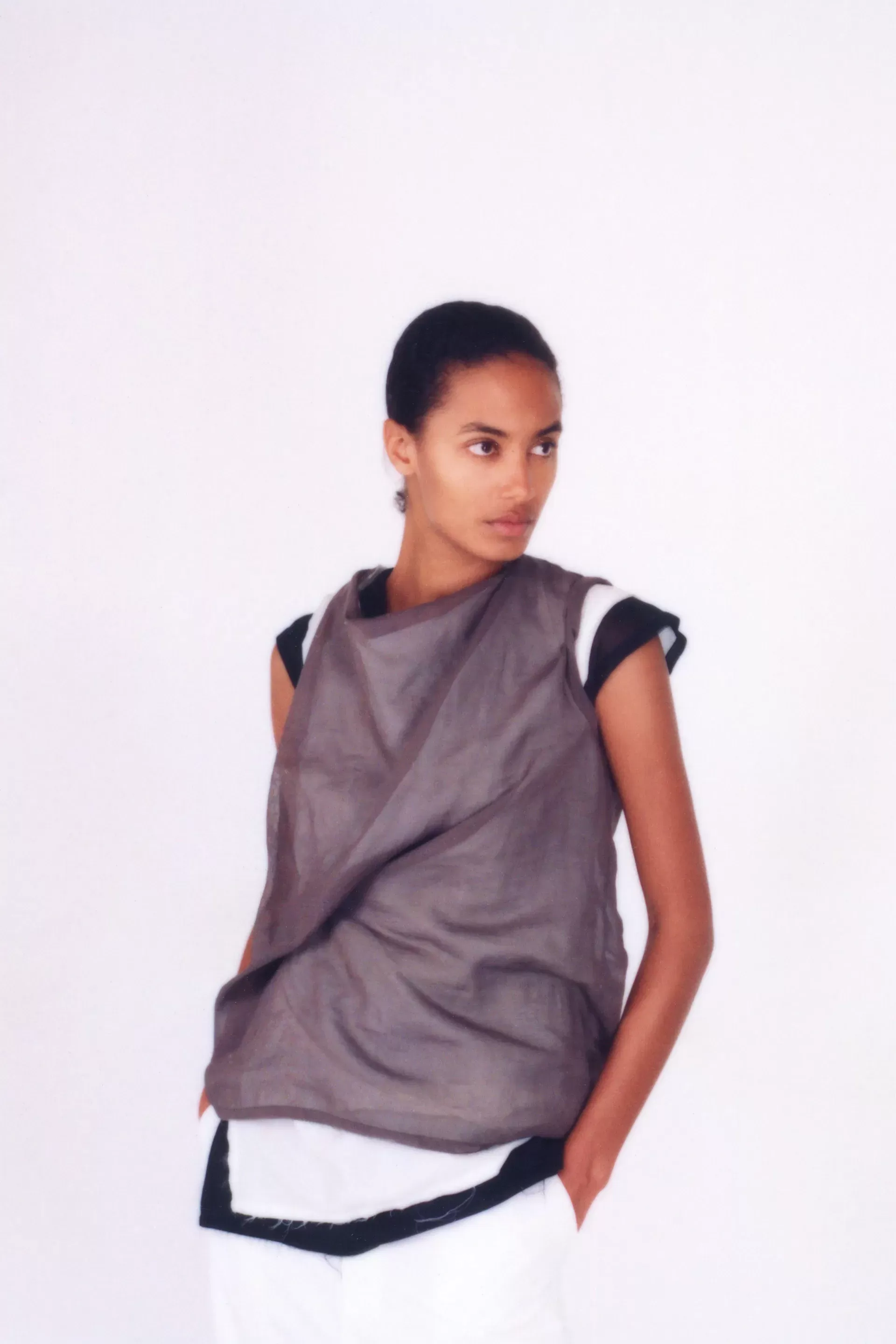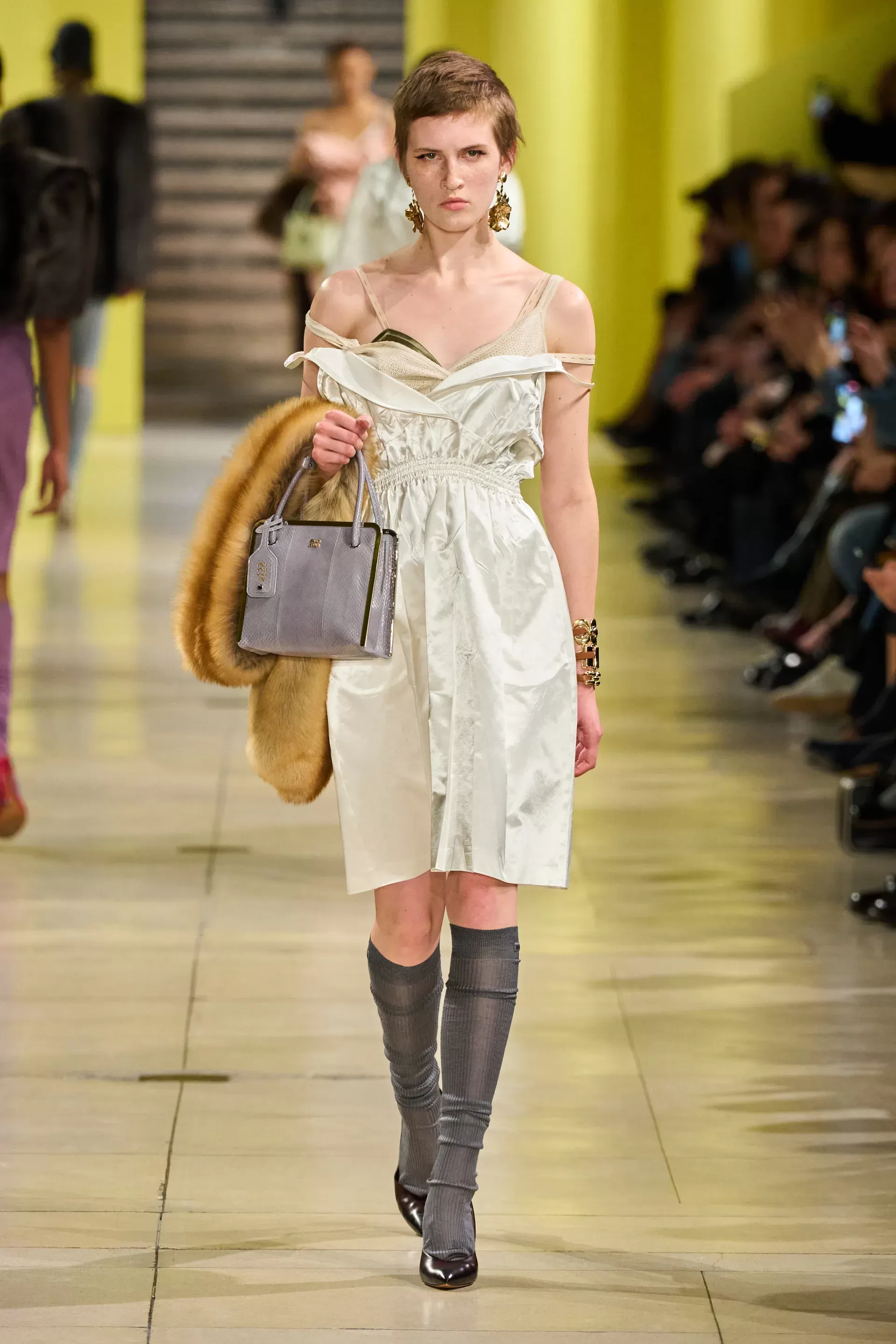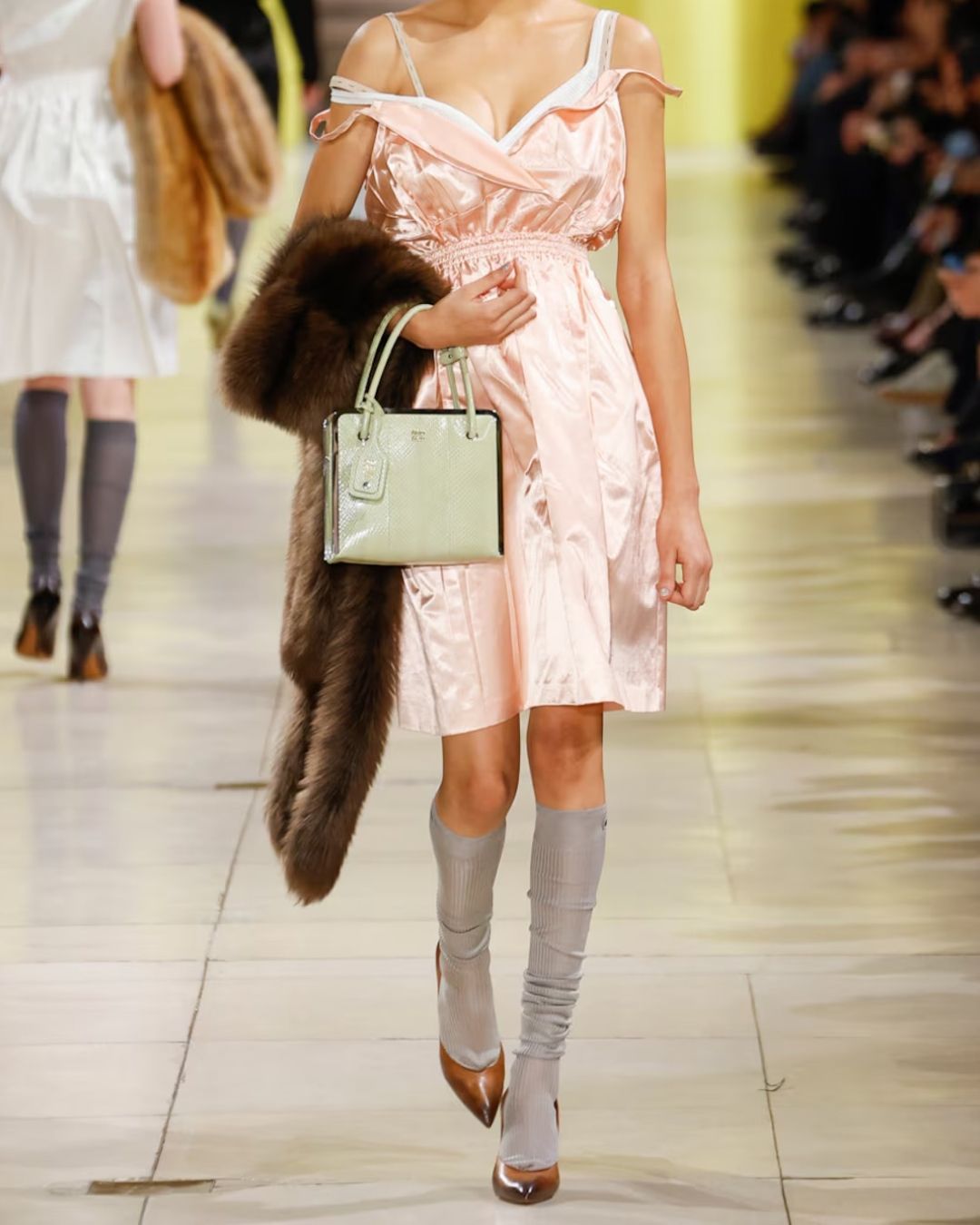
The impractical charm of crumpled clothes The revolution of the lived-in after the rigid canons of quiet luxury

Jonathan Anderson, new creative director of Dior Homme, said in an interview for Fashion Neurosis that «the role of a designer is, in a sense, to chase an idea of perfection, but also of imperfection in people». Contemporary fashion is increasingly moving away from the pursuit of artificial perfection to embrace authenticity. It is no surprise, then, that today more than ever, crumpled clothes are back in the spotlight. Crumpled fabrics, irregular pleats, and seemingly random drapes: in an era dominated by digital filters and apparent perfection, what does it mean to wear garments that deliberately display signs of imperfection? However, this is not a new phenomenon. Already in the 1980s, Rei Kawakubo and Yohji Yamamoto brought deliberately crumpled and deconstructed garments to Paris. Issey Miyake made pleats iconic with “Pleats Please,” and Martin Margiela turned deconstruction into his signature, anticipating many contemporary trends such as exposed seams, visible linings, and recycled materials, which are now central to the style of Balenciaga and Vetements. Indeed, we are not speaking of perfection like Zendaya’s impeccable white suit at the Met Gala 2025, a clean, tailor-made garment designed specifically for her, embodying the ideal of elegance and symmetry. On the contrary, in recent seasons, more and more designers have interpreted the crumpled look according to their personal visions, challenging the idea of flawlessness.
@omg.fashun Throwback to when Yohji Yamamoto and Rei Kawakubo said DECONSTRUCT for#parisfashionweek in the 80s. @documoda #pfw Motion - Boy Harsher
Dries Van Noten in the FW25 collection explores this concept through a romantic and theatrical approach. The garments, made of taffeta and velvet with warm colors and soft drapes, enhance the body's natural fluidity. These pieces seem to change shape and appearance with each movement, emphasizing the body’s natural flow and adapting to the wearer. Likewise, Jun Takahashi, designer of Undercover, celebrates his 35 years in fashion by working on the theme of the passage of time. The suits and shirts in the collection are intentionally crumpled, as if left abandoned on a chair; the collection was full of pieces that do not aim to perfect the wearer’s image, but rather to evoke a sense of genuineness, personal history, and a life lived. Some designers choose to evoke more physical and sensory sensations, such as Diesel FW25 directed by Glenn Martens, featuring an asymmetrical corset resembling a shirt, with diagonal glossy pleats generating an intriguing “wet effect.” Similarly, Di Petsa, in the SS25 collection, achieves this result with a top and mini-skirt in rust-colored faux leather with deep drapes and metallic reflections, evoking fabrics as if just drenched by rain or physical exertion. Even Armani Privé, in the Spring-Summer 2025 Haute Couture collection, interprets the wet impact with a shimmering violet-toned dress, whose design suggests freshness and sensuality. The play of bright reflections on the imperceptible fabric accentuates the body’s natural movement, creating a whirlpool of sensations. In contrast, a more sober version emerges from The Row for Pre-Fall 2025, approaching the crumpled look with a clean and minimalist attitude. Fabrics like linen and poplin cotton are left free to form natural wrinkles. The final effect is relaxed, sophisticated, and spontaneous. Setchu, for FW25, pushes the game of flaws further, working with visual and textural contrasts by layering a deliberately crumpled light blue cotton dress over smoother gray layers, creating a tension between formality and informal comfort.
What allows such different interpretations of the crumpled look are the materials themselves, such as taffeta, faded denim, technical cottons, shiny nylon, and permanent pleats. These specific materials make it possible to explore imperfection in a refined way, turning folds into a precise style statement. Balenciaga, for example, uses dark-washed denim to create a post-apocalyptic look with short jackets and long skirts featuring deep creases and marked surfaces, symbolizing strength and resilience rather than perfection. True to its heritage of deconstruction, MM6 Maison Margiela in the FW25 collection presents a transparent fabric dress layered over a tight green dress, characterized by folds and a belt: a perfect mix of formal elegance and studied casualness that evokes futuristic atmospheres. This spirit of renouncing perfection and celebrating spontaneity also emerges in the aesthetic of «Frazzled English Women», as highlighted by Harper’s Bazaar: a style that forgoes perfection, allowing for the creation of a look that is unmistakably yours, embracing disorder and setting aside the idea of an impeccable image. The same spirit emerges in Miu Miu FW25, which plays ironically with the contrast between femininity and disorder. Crumpled satin slip dresses, drooping straps, vintage socks, and retro accessories create an aesthetic that appears casual but is, in fact, carefully studied and deliberately unpressed. The crumpled look is a gesture, not against elegance, but against the obligation to always be impeccable: it is a statement towards a future that is less filtered, more authentic, and more human. After all, as Jonathan Anderson suggests, it is precisely in the strange and the imperfect that the most authentic beauty is hidden — beauty that requires neither filters nor ironed folds.


